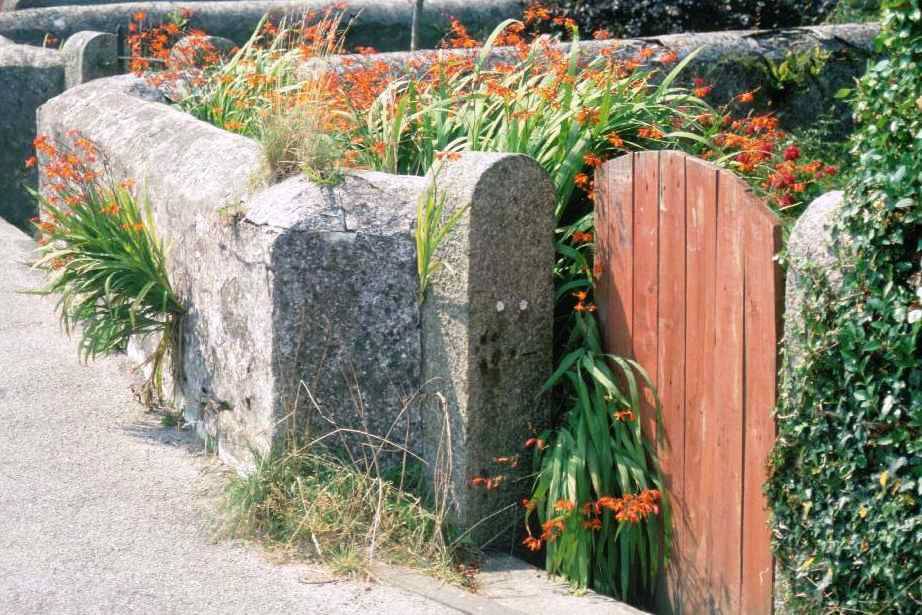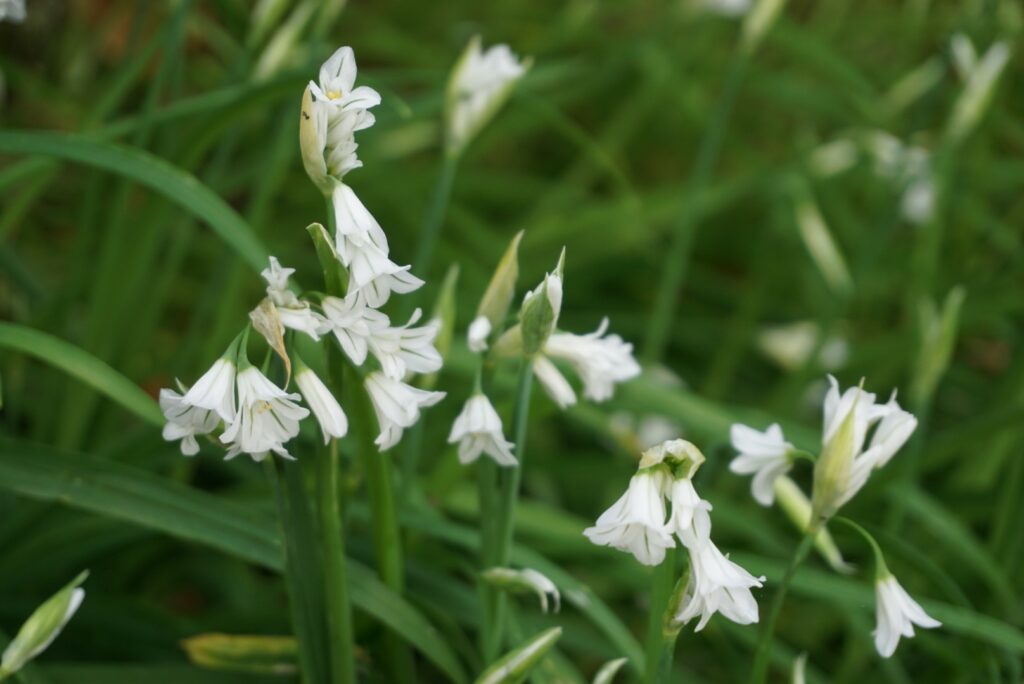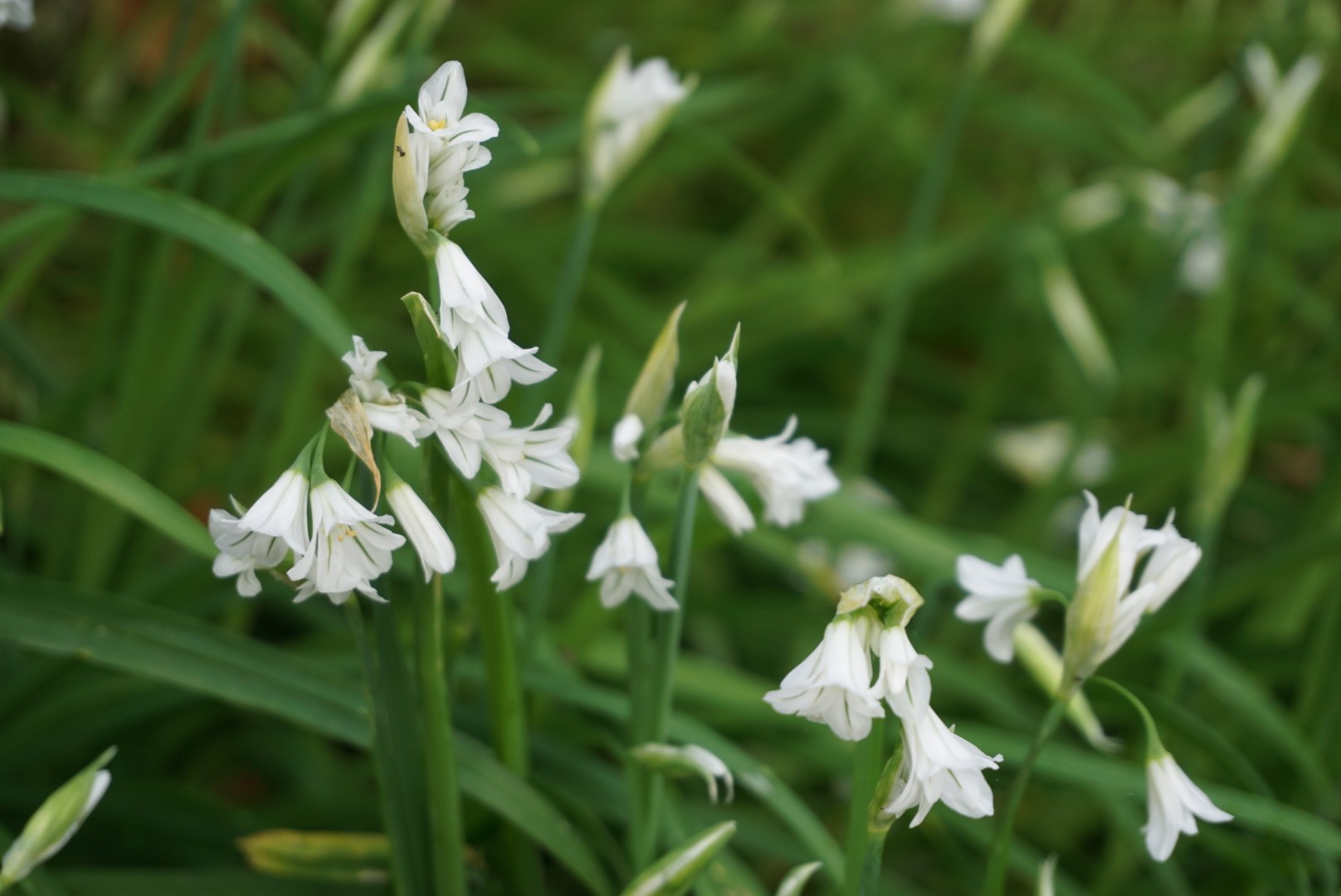It’s Invasive Species Week (15–22 May 2023) and so a perfect opportunity to look at this issue as one of the top five threats to nature, and how gardeners can tackle them.

What are invasive species?
Many species have been introduced by humans to parts of the world where they wouldn’t naturally be found. Some of these have since spread into the wild where they can negatively impact the environment, the economy, our health and the way we live.
These species which have an impact are called invasive species. The most common example perhaps, as a frequent garden visitor, is the Grey Squirrel (Sciurus carolinensis) which was introduced from North America and first recorded in the wild in Great Britain in 1828. The Grey Squirrel has displaced our native Red Squirrel (Sciurus vulgaris) in much of Great Britain, and spread squirrel pox virus which is fatal for Red squirrels and can damage trees.
Invasive species are now recognised as one of the top five threats to nature globally, along with changes in land and sea use, pollution, direct exploitation of organisms (for example, unsustainable fishing) and climate change. Here we’ll focus on invasive ornamental plants which have escaped gardens.
Invasive ornamentals
The main source of invasive species globally is their introduction as ornamental garden plants, which has of course been happening for centuries and resulted in a very rich garden flora. There are around 70,000 different plants available to buy in Britain according to the latest Royal Horticultural Society (RHS) Plant Finder.
Most of these are confined to our gardens, but others have managed to escape. In fact, more than half of the flora in Britain and Ireland has been introduced from elsewhere in the world.
Of those ornamentals which have escaped gardens (#GardenEscapers), only a few have (so far) proved to be invasive. They can have impacts such as competing with native species for resources (for example, light and water), host and spread diseases, and hybridisation – a common example of this being the hybrid between the native bluebell (Hyacinthoides non-scripta) and the invasive Spanish Bluebell (Hyacinthoides hispanica).
Further examples of invasive species which originated in gardens include the famous Japanese Knotweed (Reynoutria japonica or Fallopia japonica) and Rhododendron (Rhododendron ponticum). In flower now are the invasive species Three-cornered Leek (Allium triquetrum) and Red valerian (Centranthus ruber).

How can gardeners stop the spread of invasive species?
The simple answer is: Be Plant Wise! This can be achieved with the three important steps:
- Know what you grow – consider alternatives to plants known to be invasive (alternatives could be native species).
- Stop the spread – don’t plant ornamentals, or allow them to grow, in the wild.
- Compost with care – dispose of garden and pond material (such as roots and seeds) responsibly.
You can find out more about being Be Plant Wise here.

A new guide called ‘Gardening without harmful invasive plants‘ has been released by the GB Non-Native Species Secretariat. This booklet includes information and guidance on how gardeners can avoid invasive plants and suggestions for alternatives.
Become a citizen scientist!
Gardeners can citizen scientists by detecting ornamentals that are showing ‘invasive behaviour’. This could be ornamentals that are spreading too much in your garden. Report any potentially invasive plants to Plant Alert using their online survey.
It is also very import to report sightings of any Alert Species. These are species such as the Asian hornet (Vespa velutina) which have not yet established in Great Britain and so reporting any sightings as quickly as possible is crucial. Find a list of current Alert Species here.
Tomos Jones has several years of research experience engaging with gardeners on the issue of invasive species as a PhD student in the School of Biological Sciences at the University of Reading and a Research Fellow at Coventry University. He is currently the Wales Resilient Ecological Network (WaREN) Project Manager at North Wales Wildlife Trust.

